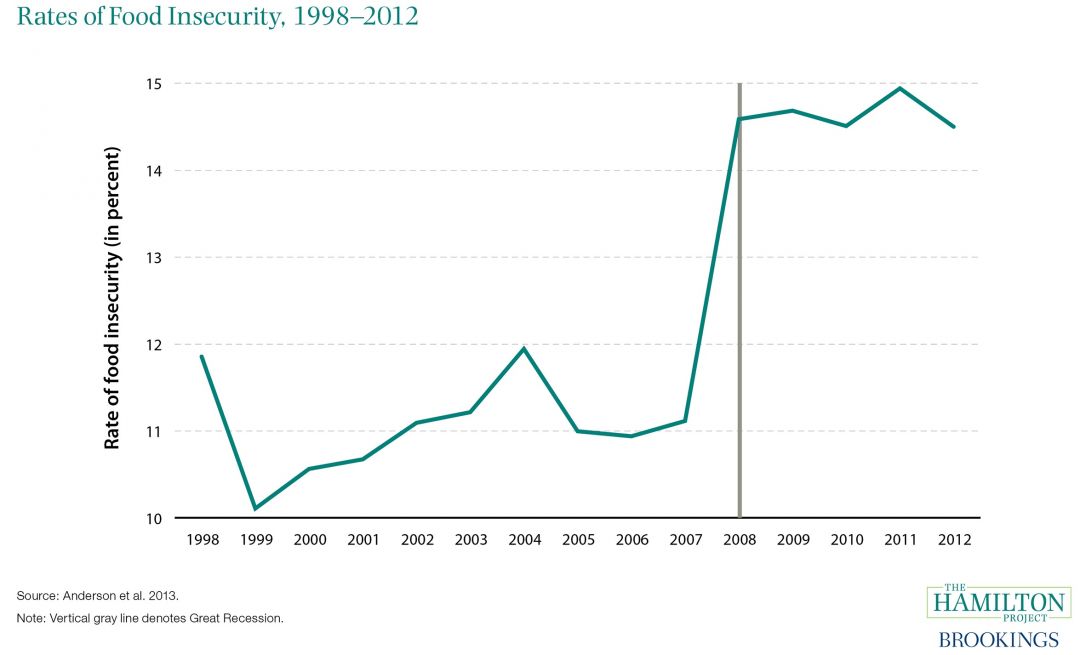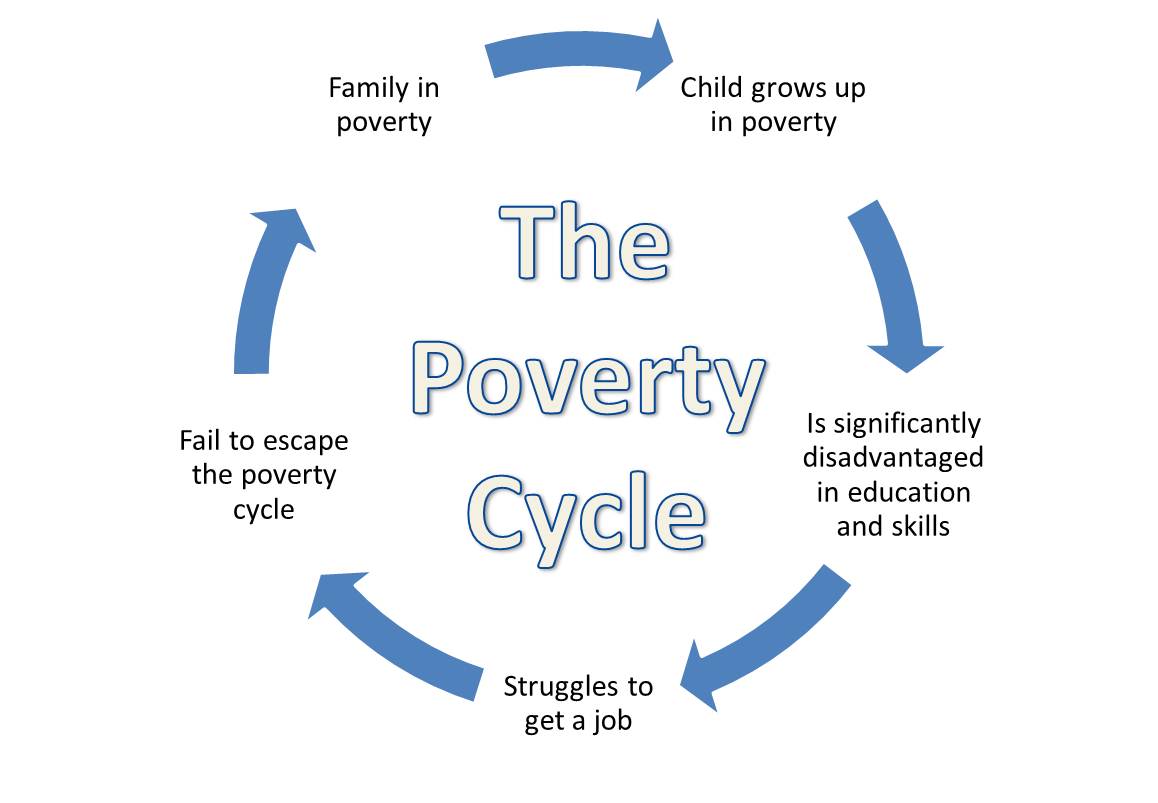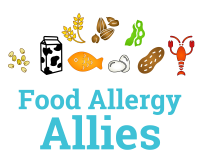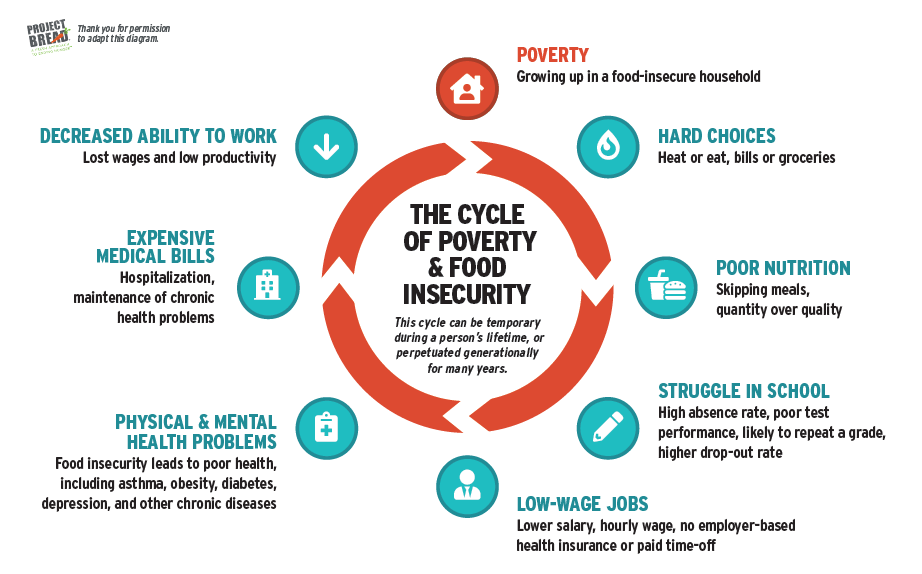Food insecurity can feel unstoppable – why? Food insecurity follows what I like to call a cyclical domino effect. In other words, a chain reaction of events culminates in a repetitive, hard-to-break cycle.
When examining causes of food insecurity, it becomes evident that not one but many factors contribute to food insecurity. Financial strain is one of the most direct causes of food insecurity, but many underlying factors have a surprisingly high correlation to food insecurity. One of these factors is education. Receiving adequate education has enormous social benefits. Recipients of education can make better nutritional choices, gain access to higher paying jobs, and receive more respect on a day to day basis. Another contributing factor is employment. Steady, standard work that offers an adequate salary is the key to achieving the financial means to be able to afford food. However, minimum wage jobs, part-time work, and seasonal employment only offer shaky, short term benefits at best. Race and ethnicity have also been linked to food insecurity, with Black and Hispanic households experiencing the highest levels of food insecurity.

While education and employment are two of the biggest factors contributing to personal food insecurity, larger factors contribute to food insecurity across America as a whole. Population growth, drought, and crop failure have all contributed to growing food insecurity throughout the past century.

When considering all the factors of food insecurity together, it becomes clear why food insecurity is considered a cycle. For example, being food insecure relates to lower scores in school and even repeating a grade. Doing poorly in school makes it more difficult to find good employment. Having low-income employment leads to financial strain, which causes food insecurity. Financial strain also leads to tough decisions over whether to prioritize food, electricity, gasoline, etc. Continuous tough decisions lead to stress and anxiety, making it more difficult to perform well at work or school, which of course leads to more food insecurity. Thus, the issues of food insecurity, unemployment, homelessness, mental health, education, and discrimination are all intertwined. This is why food insecurity is so difficult to combat- we are not just fighting one issue, we are fighting all issues.


Article Sources:
https://www.ers.usda.gov/amber-waves/2012/june/food-insecurity/

